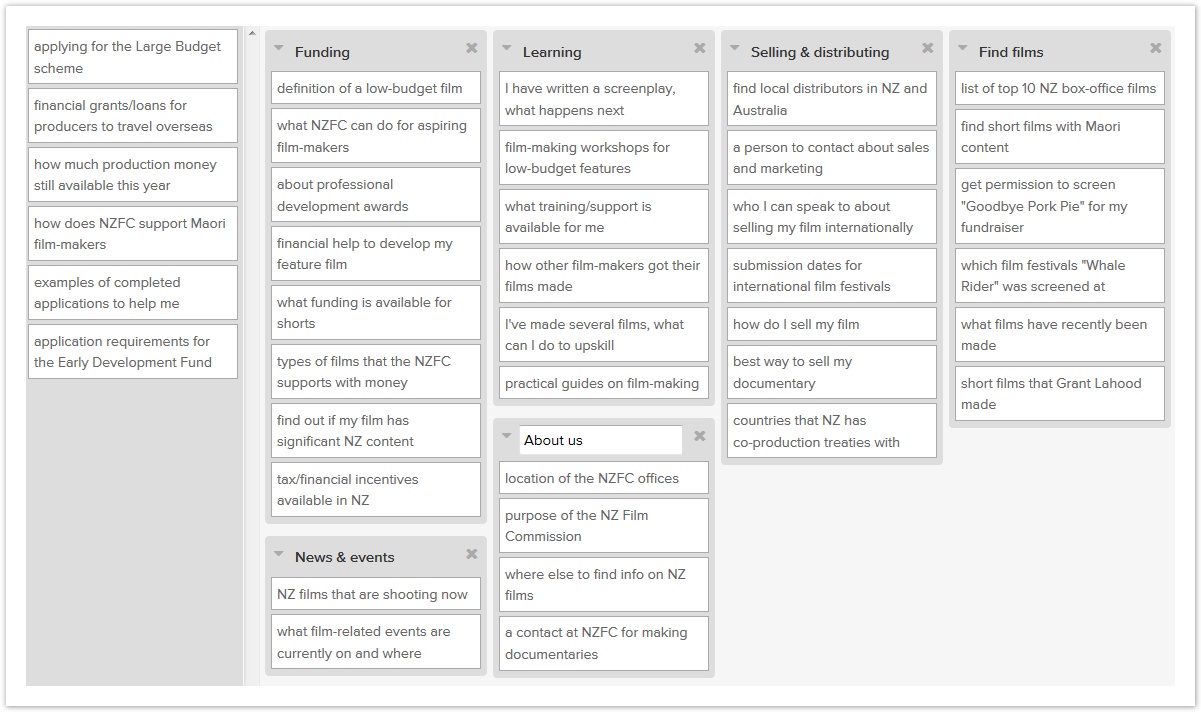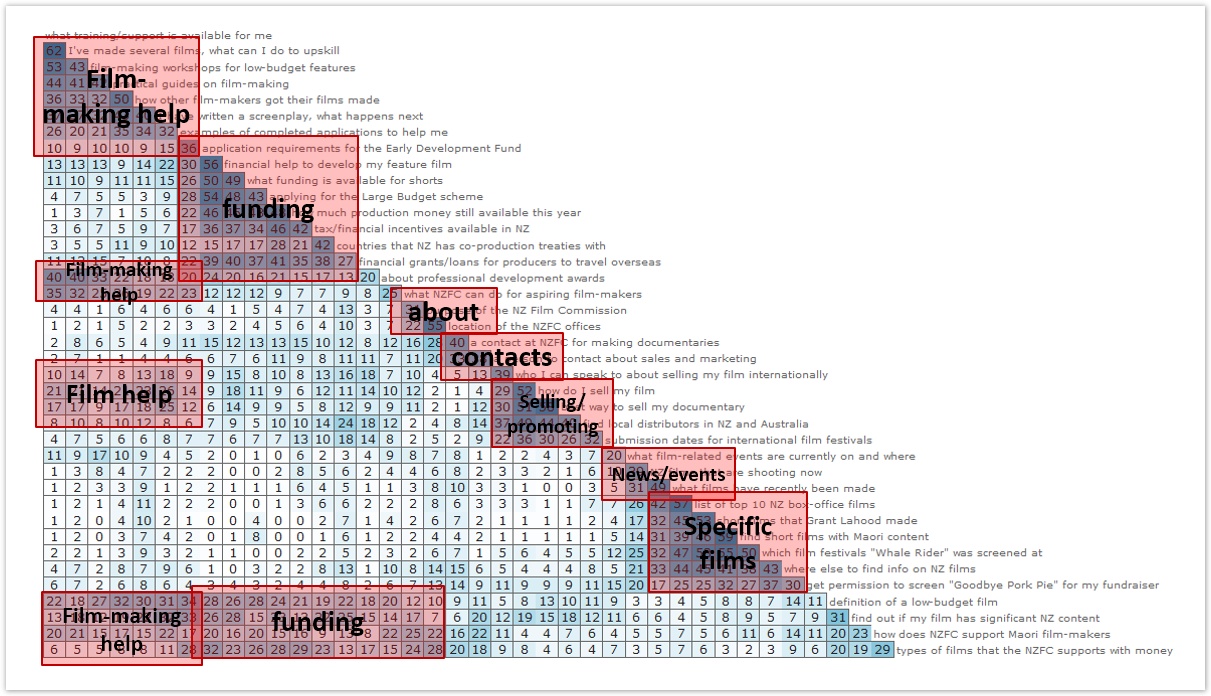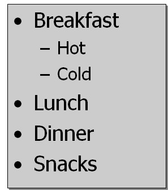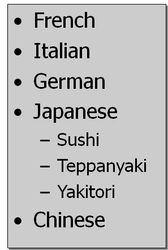...
When we don’t know enough about our users, one of the best methods of finding out more is contextual inquiry – a fancy term for “watch, listen, then ask”. Wikipedia describes it as:
...an approximately two-hour, one-on-one interaction in which the researcher watches the user do their normal activities and discusses what they see with the user
Ideally, we visit the user in their natural habitat (home, office, commute, whatever makes sense for our purposes) and observe them doing tasks related to our website. During or after the observation, we ask them questions about what they did and why, so we can get a clear idea of what they knew, how they behaved, what they wanted, which issues they encountered, and so on.
...
For example, if we're researching how cyclists buy bike gear online, we might observe 20 people and discover the following:
| Content | Most are looking for parts and accessories, not bikes (perhaps because they prefer examining and trying bikes in person at a store). |
|---|---|
Grouping | Non-experts preferred items to be grouped by topic (e.g. parts, clothing, etc.), not by brand. |
| Terms | Most understood Parts vs. Accessories, but did not know the difference between one-speed and fixed-gear bikes. |
| Browsing/searching | They all started by browsing the menus unless they already knew the exact model name/number to search for. |
...
Here's an example from the New Zealand Film Commission, where we asked filmmakers to sort typical content from the Film Commission's website: ~get permission
We then analyze the data to see if there are patterns in how the participants grouped the items, and what they called those groups.
The findings from a card sort can fundamentally change how we structure our site. For example, suppose we are designing a recipe website.
- We might have initially thought about grouping the recipes by time of day:
- If the card sort revealed that most of our participants grouped the recipes by cuisine, we should really reconsider our main headings:
...
For example, one of the first organizations to use tree testing was ACC, a public-health service in New Zealand. When they redesigned their website a few years ago, they did a baseline test before they revised their site tree. Here's what they found:
| Tree | Overall score |
|---|---|
| Existing site | 30% |
| Revised site | 67% |
And the scores are only part of the story. Baselining the old tree also helps us find out:
...




